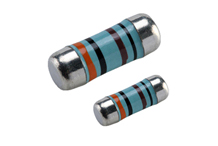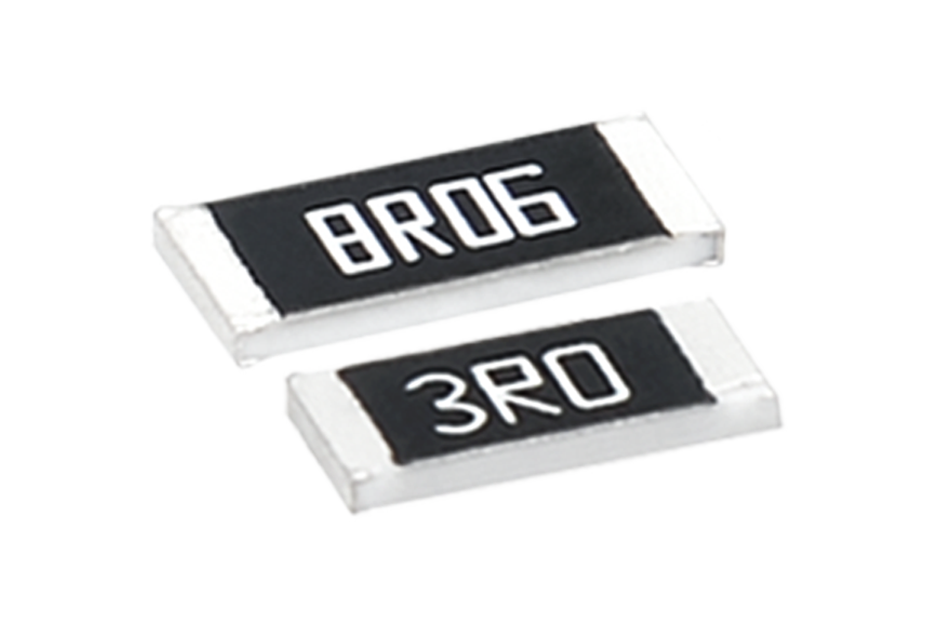hnstshop.com/" target="_blank" rel="noopener">Resistors are one of the common components in circuits that control the flow of current and convert electrical energy into other forms of energy. Understanding the mystery behind resistors can help us better understand the principles and mechanisms of circuit operation. Electric current is the flow of electric charge, the movement of electrons in a circuit. And voltage is the driving force of current, similar to water pressure in water pipes. In a circuit, voltage provides the energy that drives current to flow. The resistor is a component that controls the size of the current and consumes electrical energy.

The function of a resistor is to hinder the flow of electric current. When current passes through a resistor, electrons interact with atoms, ions or molecules within the resistor, causing the movement of the electrons to be restricted, thereby reducing the flow speed of the current. This interaction can be characterized by resistance, which is linearly related to resistance.
According to Ohm's law, there is a simple mathematical relationship between current, voltage, and resistance. Ohm's law can be stated as: At constant temperature, the voltage across a resistor is directly proportional to the current through it. This proportional relationship can be expressed by the following formula: V = I * R, where V represents voltage, I represents current, and R represents resistance.

This formula illustrates that resistance is essentially the medium between voltage and current. When current passes through a resistor, the voltage controls the magnitude of the current, and the relationship between voltage and current varies depending on the different characteristics of the resistor.
For a constant resistance, if we increase the voltage, the current through the resistor will increase accordingly. On the other hand, if we reduce the magnitude of the voltage, the current through the resistor will also decrease accordingly. This is because the magnitude of the voltage determines the driving force of the current. When the voltage increases, the driving force on the current will also increase, thus increasing the flow speed of the current.
The relationship between voltage and current also depends on the characteristics of the resistor. When a resistor has a constant proportional relationship between current and voltage, it is called a linear resistor. The characteristic of linear resistors is that the resistance value is constant and does not change with changes in current and voltage. The nonlinear resistor has a nonlinear current-voltage relationship, that is, when the current and voltage change, the resistance value will also change accordingly. A common representative of nonlinear resistors is diodes.
Resistance converts electrical energy into other forms of energy. When an electric current passes through a resistor, electrons collide with the interior of the material, causing electrical energy to be converted into heat. This is because the moving speed of electrons is hindered by material atoms and ions, and the interaction between electrons and them will cause the movement of electrons to be converted into the form of heat energy.
The secret behind a resistor is its role in regulating current and voltage in a circuit and its ability to convert electrical energy into heat. Resistors can help us control the circuit so that the current and voltage can operate within the appropriate range. At the same time, the existence of resistance also allows us to use electrical energy to convert into other forms of energy, such as heat energy, to meet specific needs.
Understanding the mystery behind resistors can help us better understand the principles and mechanisms of circuit operation. By exploring the relationship between current and voltage, as well as the characteristics of resistance and the energy conversion process, we can better understand the role and interrelationship of different components in the circuit, and provide guidance for circuit design and optimization.

